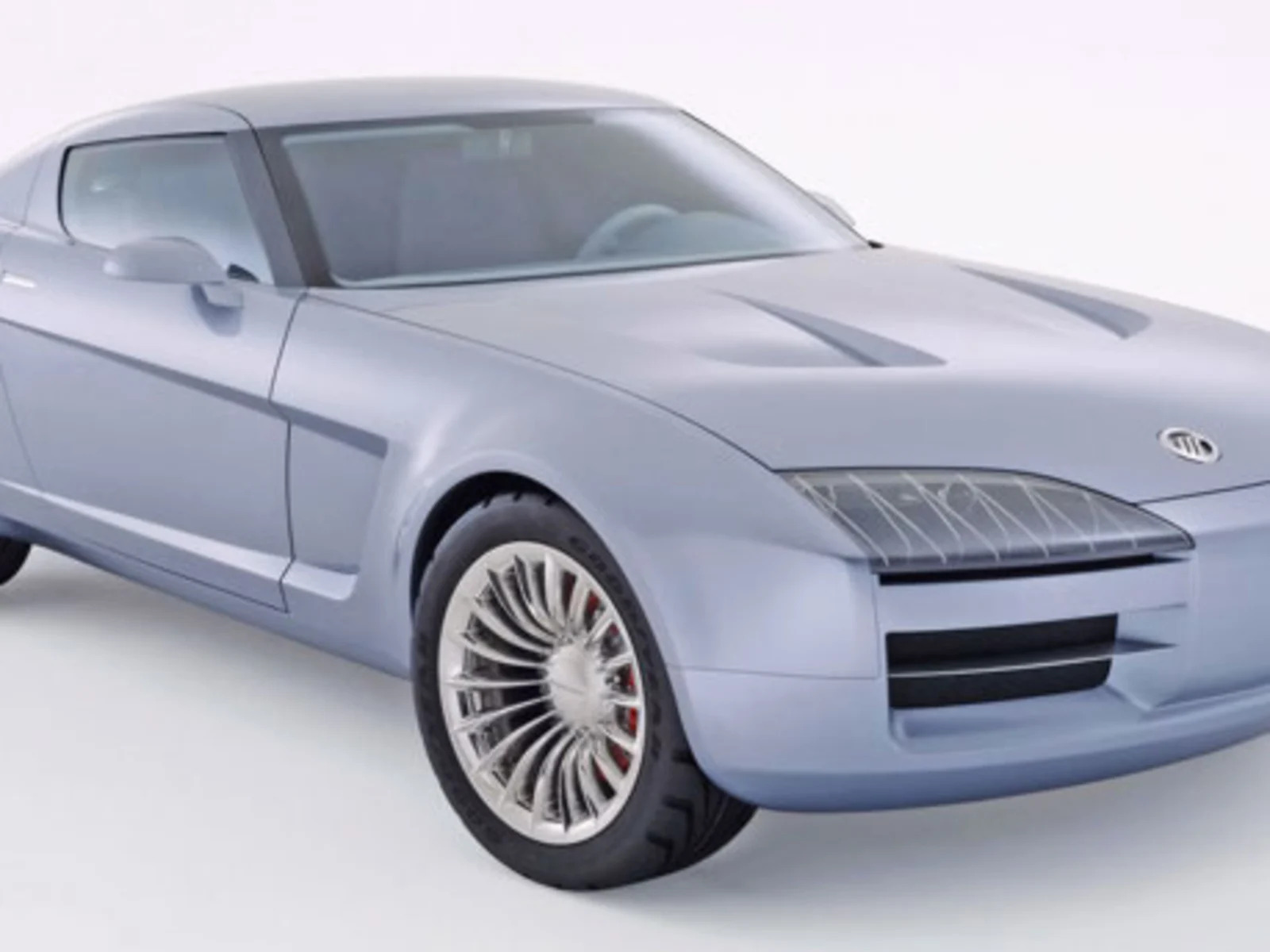
Most forgotten concept cars usually stay that way -- forgotten. But the stunning Mercury Messenger got a bit of a second wind when it crossed the auction block last weekend in in Monterey, California. Ford offered the car for sale through RM Auctions with an estimated value of $75,000 to $100,000. Perhaps the demise of the entire Mercury brand had something to do with it, but the eventual $52,250 selling price might just be the final slap in the face to a car that once had all Mercury's hopes and dreams riding on its sleek, fastback shoulders.
Back in 2003 the Messenger was to usher in a new era for Mercury. The plan was to take the stacked front-end look and horizontal grille theme of this two-seater sports car and apply it to all Mercury vehicles. Gerry McGovern, then design director for Lincoln-Mercury, put it this way: "Mercury is to be a design-driven brand. The Mercury DNA is delivering vehicles that are energetic, distinctive, intelligent and charismatic."

With a clean and contemporary interior and an all-aluminum V8 under the long hood, the Messenger seemed to do something unheard of in Detroit at the time -- capture the best of a brand's history without resorting to garish, retro-inspired styling. We'll not point fingers, but many cars from the early 2000's (including an infamous one from Ford) relied too heavily on the yesteryear look, without the guts to back it up. No, the Messenger seemed to be the real deal, recalling the spirit of past Mercurys like the Cougar Eliminator and Cyclone, cars that combined serious performance with style and comfort. The Messenger even revived the original Cougar's sequential rear turn signals and brake lights, a nifty touch that Ford would later appropriate for the current-generation Ford Mustang.
The reality of building and selling cars for profit means that if Ford would have put the Messenger into production, it probably would have had to share a basic platform with the Mustang. But the Messenger never got past the rolling display model that was sold at the auction. Without an engine or drivetrain its new owner will just have to pretend to hear the rumble of a 302-hp, 4.6 liter V8 running through a six-speed, sequential manual gearbox. Mercury had indicated that the Messenger would have had steering column-mounted paddle shifters, Brembo brakes, and a four-wheel, independent, computer-controlled, active suspension. With a lightweight, aluminum monocoque body, the Messenger would surely have been quick. Had the car been built, it clearly would have put Mercury in a whole new league.
But alas, it was not to be -- and with the dashed hopes of the Messenger, so too went the rest of the brand. McGovern, a talented designer, never got the chance to re-make Mercury's image because Ford never let him. (He went back to Land Rover in 2004.) Of course we should have expected this all along, especially when Ford became so insistent that "Mercury is here to stay." With a legacy of offering little more than re-skinned Fords, the demise of Mercury was fairly set in stone by 2003. Sadly, that was the news the still-born Messenger delivered.


Sign in to post
Please sign in to leave a comment.
Continue